
I didn’t have much time before we left on our trip to Italy to do much research on the places we’d visit. Then when we got to Italy there was so much to do there was never time to read up on things- mostly I skimmed through the Fodor’s book. Now that I’m home posting the images I’ve been doing research to try and add some history to the images. It’s actually kind of fun to be learning about what I have already seen. Apparently, the PBS series, Secrets of the Dead did an episode called Herculaneum uncovered. It follows geo-archaeologists as they unearth what life was like before the eruption, and how the volcano devastated the town in a very different manner to Pompeii.
The Secrets of the Dead website had this information:
“The challenges Professor Wallace-Hadrill and his team face are many, including the damage wrought by 18th-century Bourbon treasure hunters, who robbed the site of beautiful mosaic frescos, as well as other precious art and artifacts. But because only a fraction of Herculaneum has been disturbed, the dense lava walls are still giving up other invaluable objects that speak volumes about life there before the disaster.
Unlike Pompeii and virtually every other Roman-era site, Herculaneum boasts a trove of preserved organic material. Delicate household objects examined in the program — from wooden chests and cupboards to textiles and foodstuffs — connect us to daily life in the Roman world, and remind us that the victims of Vesuvius were mundanely and poignantly real.”
I didn’t have any good shots of preserved wood and while this statue is a replica I still thought it looked very interesting. The top right image is of containers that once held food. Don’t know if the bottom right image is of ionic or doric columns but either way they are fairly massive in size. Again, I find it amazing that those who live in the yellow apartment building have the ruins of Herculaneum as a view from their window.
Next week we head up the Amalfi Coast to Positano.
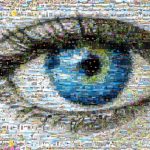
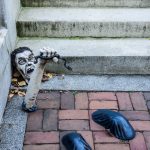
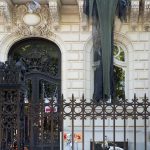
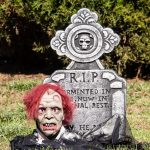
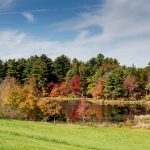

Jamie
"Thank you. Mayflower House has a beautiful flower garden. "
Kathy
"I just love your flowers! "
Jamie
"Yes, it was at Nelson Park. An event they have once a year ..."
Michelle
"So pretty. I love how the American flag is highlighted by the snow. "
Michelle
"She is so sweet. It makes you think twice about eating hot dogs! "